- The Benefits of Growing Cherries
- 1. Delicious and Nutritious Fruit
- 2. Beautiful and Fragrant Blossoms
- 3. Natural Pest Control
- 4. Environmentally Friendly
- 5. Economic Value
- 6. Stress-Relieving and Therapeutic
- 7. Fun and Rewarding Hobby
- Why Growing Cherries Is Worth It
- Choosing the Right Cherry Variety
- Taste
- Size
- Disease Resistance
- Pollination
- Harvest Time
- The Importance of Seasonal Feeding
- Spring Feeding
- Summer Feeding
- Fall Feeding
- Importance of Soil Testing
- Understanding Cherry Nutritional Needs
- Macronutrients
- Micronutrients
- Fertilizing Cherry Trees
- Timing of Fertilization
- Fertilizer Application
- Conclusion
- Proper Winter Preparation for Cherry Trees
- 1. Pruning
- 2. Mulching
- 3. Wrapping
- 4. Watering
- 5. Pest Control
- 6. Covering
- 7. Regular Maintenance
- Protecting Cherries from Cold Weather
- 1. Mulching
- 2. Wrapping
- 3. Watering
- 4. Using Frost Covers
- 5. Choosing the Right Site
- Dealing with Pests and Diseases
- 1. Common pests
- 2. Prevention and control
- 3. Consulting a professional
- Harvesting and Enjoying Your Cherries
- Picking Cherries
- Storing Cherries
- Enjoying Your Cherries
- Question-answer:
- What are some tips for growing cherries?
- When is the best time to feed cherry trees?
- What nutrients do cherry trees need?
- How often should I water my cherry trees?
- What should I do to prepare my cherry trees for winter?
- Can cherry trees be grown in containers?
- Video: How We’re Growing TONS of Cherries in SOUTHERN CALIFORNIA! | Planting Low Chill Cherry Trees
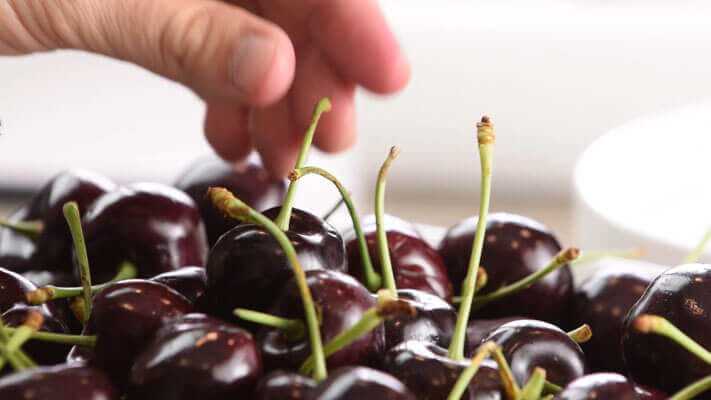
Growing cherries in your own backyard can be a rewarding experience, but it also requires proper care and attention to ensure a bountiful harvest. In this article, we will explore the secrets of successful cherry growing, focusing on two key aspects: seasonal feeding and winter preparation.
Seasonal feeding is essential for the healthy development of cherry trees and the production of high-quality fruit. During the growing season, it is important to provide your trees with the nutrients they need to thrive. This can be done through regular fertilization, either with organic or synthetic fertilizers. Organic options, such as compost or well-rotted manure, are preferable as they promote long-term soil health and improve the overall ecosystem of your garden.
However, it is important to note that different stages of growth require different types of nutrients. During the early stages, when your cherry trees are just starting to sprout leaves and flowers, they need a fertilizer with a higher nitrogen content to promote healthy foliage growth. As the trees develop and start to bear fruit, a balanced fertilizer with equal amounts of nitrogen, phosphorus, and potassium is recommended. This will support the growth of both fruit and foliage, ensuring a healthy and productive tree.
In addition to regular feeding, it is important to pay attention to the winter preparation of your cherry trees. Cherries are a deciduous fruit and require dormancy during the winter months to ensure healthy growth in the following season. To prepare your trees for the winter, mulch around the base of the trunk with a layer of well-rotted compost or straw to protect the roots from freezing temperatures. Prune any dead or damaged branches to promote air circulation and reduce the risk of disease. Finally, wrap the trunk with burlap or tree wrap to prevent sunscald and damage from frost.
By following these secrets of growing cherries – seasonal feeding and winter preparation – you can ensure your trees are healthy, robust, and ready to bear delicious fruit year after year. With a little time and effort, you can enjoy the beauty and taste of fresh cherries right from your own backyard!
The Benefits of Growing Cherries
Growing cherries can offer a variety of benefits for both the gardener and the environment. Here are some of the key advantages of growing cherries:
1. Delicious and Nutritious Fruit
Cherries are not only tasty, but they are also packed with nutrition. They are a great source of vitamins and minerals, including vitamin C, potassium, and dietary fiber. Adding cherries to your diet can help improve your overall health and well-being.
2. Beautiful and Fragrant Blossoms
Cherry trees are known for their stunning blossoms, which add beauty and fragrance to any garden. The delicate pink or white flowers can create a picturesque scene, attracting bees and other pollinators to your garden.
3. Natural Pest Control
Cherry trees naturally attract beneficial insects such as ladybugs and lacewings, which feed on aphids and other pests. By growing cherries, you can help maintain a healthy balance in your garden ecosystem and reduce the need for harmful chemical pesticides.
4. Environmentally Friendly
Growing cherries is a sustainable gardening practice that supports biodiversity and conserves natural resources. By planting cherry trees, you contribute to the preservation of native plant species and help combat climate change by sequestering carbon dioxide.
5. Economic Value
Cherries are a valuable and profitable crop for many farmers and gardeners. They can be sold fresh, dried, or used to make delicious jams, jellies, and pies. By growing cherries, you can enjoy their financial benefits while indulging in the satisfaction of growing your own food.
6. Stress-Relieving and Therapeutic
Gardening, including growing cherries, has been proven to reduce stress levels and promote mental well-being. Spending time in nature and nurturing plants can have a calming effect on the mind and provide a therapeutic escape from daily pressures.
7. Fun and Rewarding Hobby
Lastly, growing cherries can be an enjoyable and fulfilling hobby. Watching your trees grow, blossom, and bear fruit can be a rewarding experience that brings a sense of accomplishment and pride. It also provides an opportunity to connect with nature and spend quality time outdoors.
In conclusion, growing cherries offers numerous benefits, ranging from delicious and nutritious fruit to environmental sustainability and personal satisfaction. Whether you have a large garden or a small balcony, consider adding cherry trees to your landscape and enjoy the many rewards they bring.
Why Growing Cherries Is Worth It
Growing cherries can be a rewarding and fulfilling experience for any gardener. Here are some reasons why growing cherries is worth it:
- Delicious Fruits: Cherries are not only a beautiful fruit to look at but they also have a sweet and tangy flavor that is loved by many. Growing your own cherries allows you to enjoy the freshest and most flavorful fruits right from your own backyard.
- Nutritional Benefits: Cherries are packed with vitamins, minerals, and antioxidants that are essential for maintaining good health. They are a great source of vitamin C, potassium, and fiber. Adding cherries to your diet can help boost your immune system and improve digestion.
- Economical: Buying cherries from the grocery store can be expensive, especially when they are out of season. By growing your own cherries, you can save money in the long run and have a constant supply of fresh fruits during the harvest season.
- Enjoyment and Satisfaction: There is a certain sense of fulfillment that comes from growing your own food. Watching your cherry trees blossom, caring for them throughout the year, and finally harvesting the fruits can bring a lot of joy and satisfaction. It is a great way to connect with nature and experience the cycle of life.
In conclusion, growing cherries is definitely worth it. It allows you to enjoy delicious fruits, reap the nutritional benefits, save money, and experience the joy of gardening. So why not give it a try and start growing your own cherry trees today!
Choosing the Right Cherry Variety


When it comes to growing cherries, choosing the right variety is essential for success. Different cherry varieties have different characteristics, including taste, size, and disease resistance. Here are some factors to consider when selecting a cherry variety for your garden:
Taste
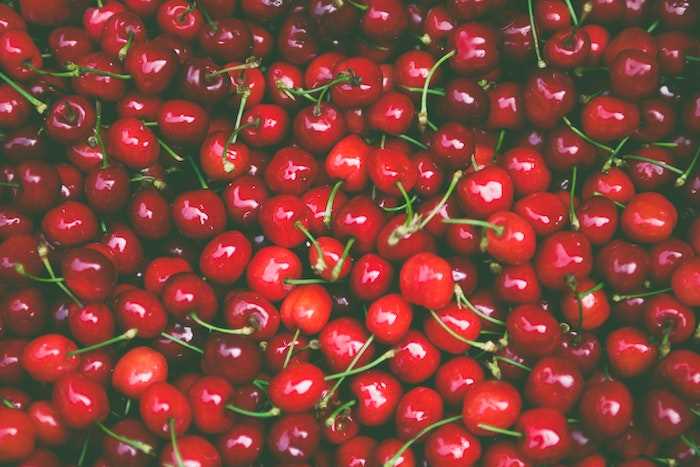

Cherry varieties can range from sweet to tart. If you prefer sweet cherries, consider varieties like Bing, Rainier, or Stella. If you enjoy tart cherries, Montmorency or Balaton may be the perfect choice for you.
Size
Cherries come in different sizes, ranging from small to large. If you prefer larger cherries, varieties like Lambert or Emperor Francis would be suitable. If you prefer smaller cherries, varieties like Napoleon or Early Richmond may be more to your liking.
Disease Resistance
Some cherry varieties are more resistant to diseases than others. If you live in an area with known cherry diseases, such as cherry leaf spot or brown rot, it is important to choose a variety that has good disease resistance. Varieties like Rainier, Lapins, or Sonata exhibit strong resistance to common cherry diseases.
Pollination
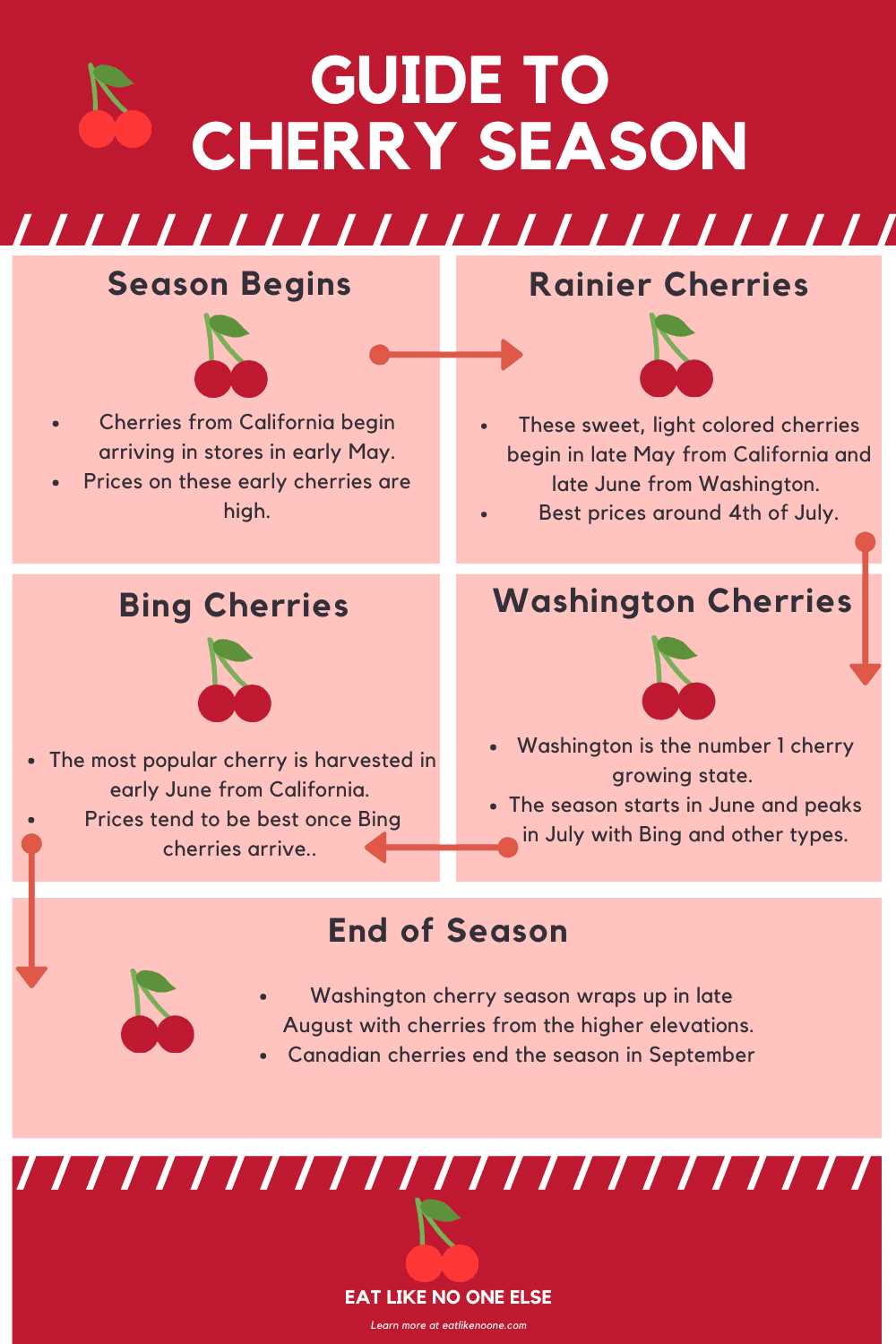

Many cherry varieties are not self-fertile, which means they require a different variety of cherry tree for cross-pollination. If you have limited space in your garden, consider selecting a self-fertile cherry variety like Stella, which is capable of setting fruit without the need for a separate pollinator.
Harvest Time
Cherry varieties have different ripening times, ranging from early to late season. It is important to select a variety that suits your desired harvest time. Early varieties like Early Burlat or Lapins ripen in late spring or early summer, while late-season varieties like Skeena or Sweetheart ripen in mid to late summer.
| Variety | Taste | Size | Disease Resistance | Pollination | Harvest Time |
|---|---|---|---|---|---|
| Bing | Sweet | Large | Fair | Requires pollinator | Mid-season |
| Rainier | Sweet | Large | Good | Requires pollinator | Mid-season |
| Montmorency | Tart | Medium | Good | Requires pollinator | Early season |
| Stella | Sweet | Medium | Good | Self-fertile | Late season |
Remember to consider your personal preferences, as well as the specific growing conditions in your area, when choosing the right cherry variety for your garden. With the right variety, you can enjoy a bountiful harvest of delicious cherries!
The Importance of Seasonal Feeding
One of the key aspects of growing healthy and productive cherry trees is providing them with appropriate nutrition throughout the seasons. Seasonal feeding plays a vital role in promoting strong growth, enhancing fruit production, and ensuring the overall health of the cherry tree.
Spring Feeding
During the spring season, cherry trees start to vigorously grow and develop new shoots, leaves, and flower buds. It is crucial to provide them with the necessary nutrients during this time to support their growth and flower formation. A balanced fertilizer rich in nitrogen (N), phosphorus (P), and potassium (K) should be applied in early spring. This will help boost the tree’s energy and encourage healthy foliage and flower development.
Additionally, applying organic matter such as compost or well-rotted manure around the base of the tree can enrich the soil and provide a steady supply of nutrients throughout the growing season.
Summer Feeding
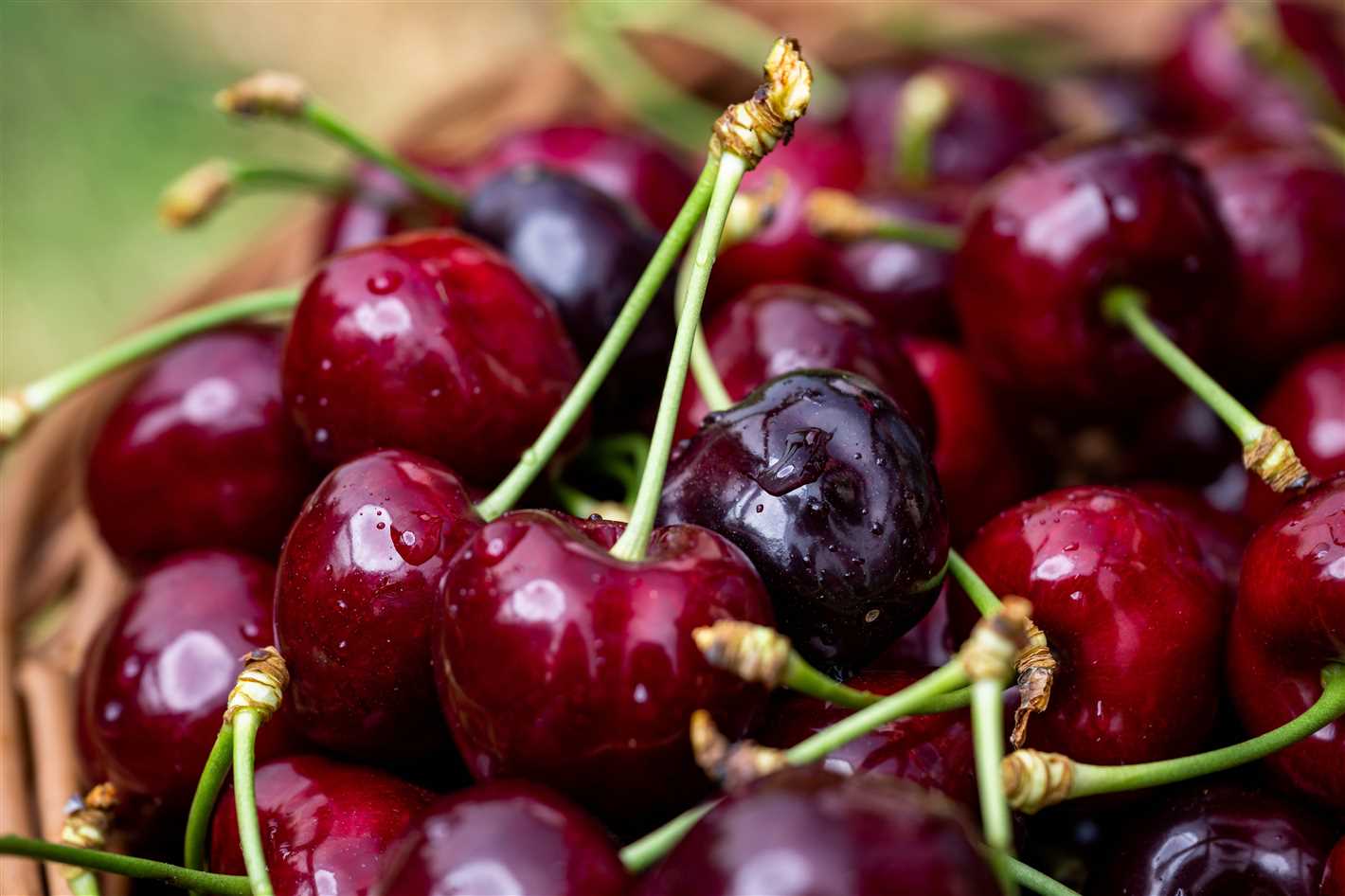

During the summer months, cherry trees are busy producing fruit. To sustain healthy fruit development and maintain overall tree vigor, it is essential to provide consistent and balanced feeding. Fertilizers with a higher potassium (K) content are beneficial during this time, as they aid in fruit development, coloration, and overall quality.
Regular watering is also crucial in the summer to prevent drought stress and help the tree effectively absorb nutrients from the soil. Providing deep, infrequent watering rather than frequent shallow watering can promote strong root development.
Fall Feeding
In the fall, cherry trees are preparing for winter dormancy. Feeding them during this time is important to promote root growth and overall tree vigor. Applying a balanced fertilizer with a slightly higher nitrogen (N) content can help support root development and prepare the tree for the following growing season.
It is also a good practice to add a layer of mulch around the base of the tree to protect the roots during the cold winter months and provide additional nutrients as it decomposes. This will help insulate the soil and retain moisture, ensuring the tree enters dormancy in optimal condition.
Importance of Soil Testing
In addition to seasonal feeding, it is crucial to regularly monitor the nutrient levels in the soil through soil testing. Soil testing can help determine any nutrient deficiencies or imbalances and enable targeted feeding to address these issues. Conducting a soil test at least once a year is recommended to ensure the optimal health and productivity of cherry trees.
| Season | Key Nutrients | Additional Considerations |
|---|---|---|
| Spring | Nitrogen (N), Phosphorus (P), Potassium (K) | Apply organic matter |
| Summer | Potassium (K) | Regular watering |
| Fall | Nitrogen (N), Phosphorus (P), Potassium (K) | Add mulch |
By providing appropriate seasonal feeding and ensuring optimal nutrient levels, cherry tree owners can enjoy healthy trees and bountiful harvests year after year.
Understanding Cherry Nutritional Needs
Cherries, like any other fruit tree, require certain essential nutrients to grow and thrive. Understanding their nutritional needs can help you maximize your cherry tree’s growth and fruit production.
Macronutrients
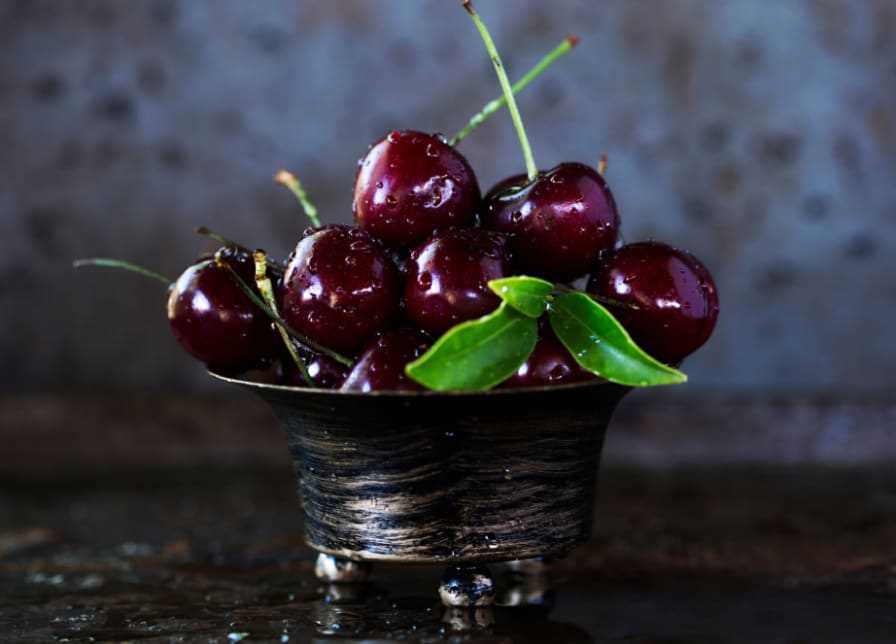

Macronutrients are the primary elements that plants need in large quantities. For cherry trees, the three main macronutrients are:
- Nitrogen: Nitrogen promotes leaf and stem growth, as well as overall tree vigor. However, excessive nitrogen can lead to excessive vegetative growth at the expense of fruit production.
- Phosphorus: Phosphorus is essential for root development, flowering, and fruit ripening. It also helps with disease resistance.
- Potassium: Potassium contributes to overall tree health and helps with water uptake, disease resistance, and fruit quality.
Micronutrients
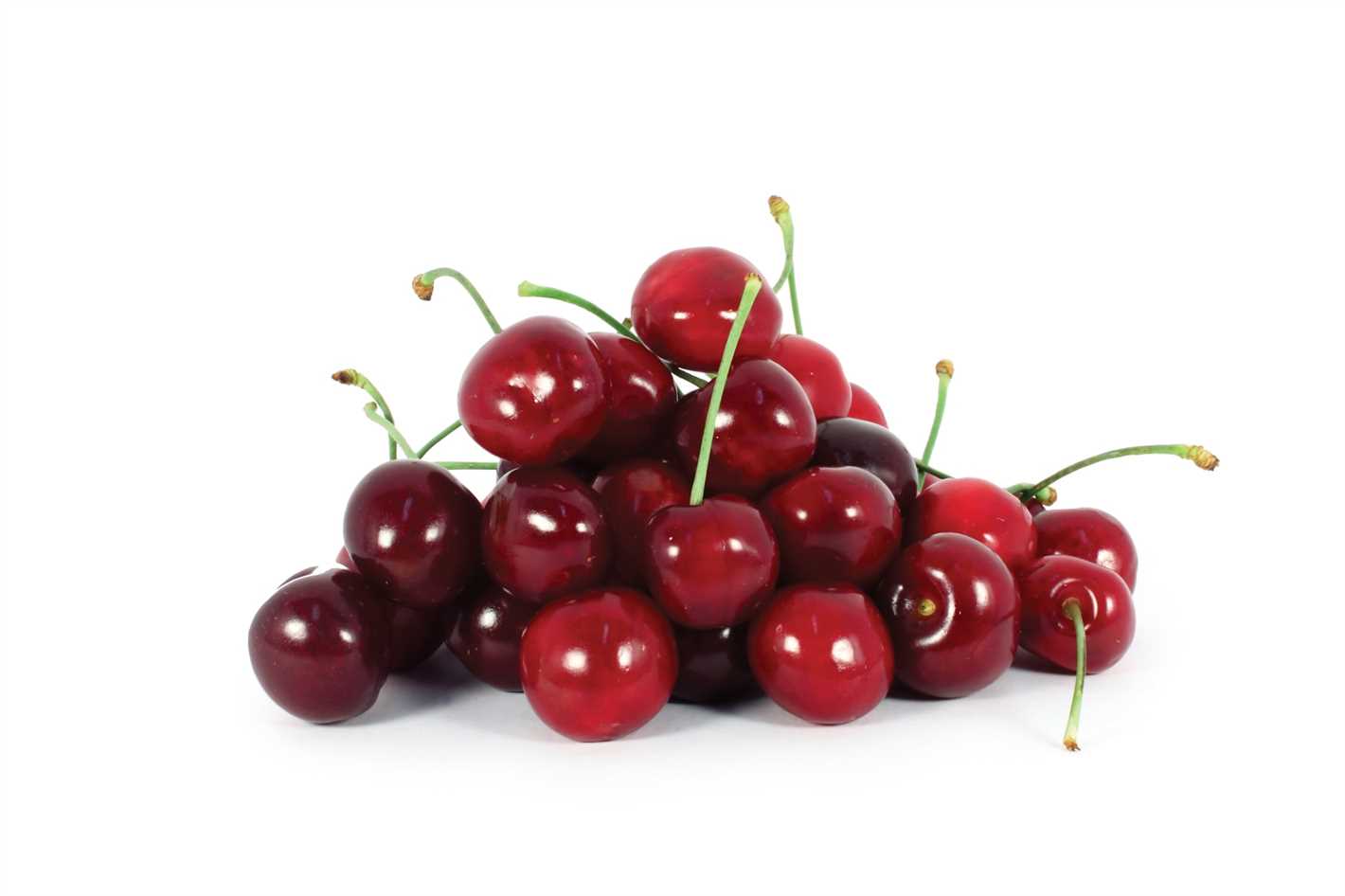

Micronutrients are trace elements that plants need in smaller amounts. Although cherry trees don’t require large quantities of micronutrients, they are still important for their growth. Some essential micronutrients for cherry trees include:
- Iron: Iron is necessary for chlorophyll production and overall tree health.
- Zinc: Zinc plays a crucial role in enzymatic processes and aids in growth and nutrient uptake.
- Boron: Boron is essential for fruit development, pollination, and cell wall formation.
Fertilizing Cherry Trees
To ensure that your cherry tree receives the necessary nutrients, it’s important to fertilize it regularly. A balanced fertilizer with an NPK ratio of 10-10-10 or 14-14-14 is generally sufficient. However, it’s best to conduct a soil test to determine any specific nutrient deficiencies.
Timing of Fertilization
Cherry trees require fertilization at different stages:
- In early spring before bud break: Apply a slow-release fertilizer to provide nutrients during the growing season.
- After the first harvest: Apply a second round of fertilizer to promote fruit development for the next year.
Fertilizer Application
When applying fertilizer, it’s important to evenly distribute it around the tree’s dripline, which is where the tree’s canopy extends. Avoid applying fertilizer near the trunk, as it can cause root burn. Water the area thoroughly after fertilization to aid in nutrient absorption.
Conclusion
Understanding the nutritional needs of cherry trees is crucial for their successful growth and fruit production. By providing the right balance of macronutrients and micronutrients through proper fertilization, you can ensure the health and productivity of your cherry tree.
Proper Winter Preparation for Cherry Trees
1. Pruning
Before winter sets in, it is important to prune your cherry trees. Pruning helps to remove dead or diseased branches, improves airflow and light penetration, and promotes better fruiting in the next growing season. Make sure to cut back any branches that are crossing or rubbing against each other.
2. Mulching
Mulching is essential for protecting the roots of your cherry trees during winter. Apply a layer of mulch around the base of the tree, covering the root zone. This will help to insulate the soil, prevent temperature fluctuations, and retain moisture. Use organic mulch, such as wood chips or bark, and spread it to a depth of 2-4 inches.
3. Wrapping
In colder regions where temperatures drop significantly, it is advisable to wrap the trunks of young cherry trees. Use burlap or tree wraps to protect them from frost damage. This will help to prevent the bark from cracking and protect the tree’s cambium layer, which is essential for water and nutrient transport.
4. Watering
Proper watering is crucial for winter preparation. Make sure your cherry trees are well-hydrated before the first freeze. However, be cautious not to overwater, as excess moisture can lead to root rot. Monitor the soil moisture and water accordingly, ensuring the soil is moist but not waterlogged.
5. Pest Control
Inspect your cherry trees for any signs of pests or diseases before winter arrives. Treat any issues promptly to prevent them from overwintering and causing further damage. Use organic pest control methods whenever possible to minimize the impact on beneficial insects and the environment.
6. Covering
In areas with extremely cold winters, consider covering the cherry trees with frost blankets or protective covers. This will provide an extra layer of protection against freezing temperatures and harsh winds. Remove the covers during warmer periods to allow airflow and prevent the accumulation of moisture.
7. Regular Maintenance
Throughout winter, continue to monitor your cherry trees for any signs of stress or damage. Remove any fallen branches or debris that may accumulate around the trees. This will help to prevent pest infestations and ensure the trees remain healthy and vigorous.
By properly preparing your cherry trees for winter, you can help them withstand the cold temperatures and emerge strong and healthy in the spring. Following these steps will contribute to the overall success and productivity of your cherry trees for years to come.
Protecting Cherries from Cold Weather
Cherry trees are delicate and can be quite sensitive to cold weather. Freezing temperatures can damage the blossoms, buds, and even the branches of the tree. To ensure the health of your cherry tree and maximize fruit production, it is important to take measures to protect it from cold weather.
1. Mulching
Mulching is an effective way to protect cherry trees from cold weather. Apply a layer of organic mulch around the base of the tree, taking care not to pile it up against the trunk. This will help insulate the soil and keep the roots warm during winter. Good options for mulch include straw, wood chips, or shredded leaves.
2. Wrapping
In regions with particularly harsh winters, it may be necessary to wrap the cherry tree in burlap or other protective material. Start by loosely tying the branches together with twine to prevent them from snapping under the weight of snow or ice. Then, wrap the entire tree with burlap, securing it in place with more twine. Make sure to leave an opening at the top for air circulation.
3. Watering
Watering the cherry tree adequately before the arrival of freezing temperatures is important. Moist soil holds heat better than dry soil, so make sure to give your tree a thorough watering. However, avoid overwatering, as excessive moisture can cause root rot.
4. Using Frost Covers


If you have smaller cherry trees or young saplings, you can use frost covers to protect them from freezing temperatures. Frost covers are usually made of breathable fabric and can be draped over the tree. They provide a protective barrier against frost and cold winds while allowing sunlight and air circulation.
5. Choosing the Right Site
When planting a cherry tree, it is important to choose a site that offers some protection against cold weather. Avoid planting in low-lying areas where cold air can settle. Instead, choose a location that is well-drained and on higher ground, as these areas are less prone to frost.
By taking these measures to protect your cherry tree from cold weather, you can help ensure its survival and promote healthy fruit production in the coming seasons.
Dealing with Pests and Diseases
1. Common pests
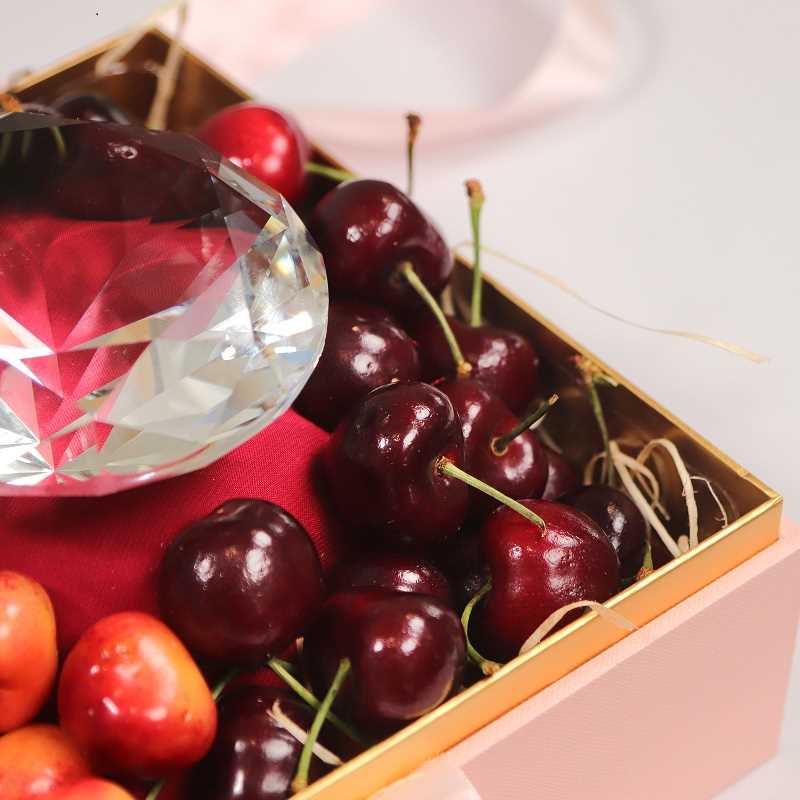

Cherry trees are susceptible to various pests that can cause damage to both the foliage and the fruit. Some common pests include:
- Aphids: These small insects feed on the sap of the cherry tree, causing the leaves to curl and distort. They can also transmit viruses to the tree.
- Cherry fruit fly: This pest lays its eggs on the ripening cherries, causing them to become infested with larvae. These larvae feed on the fruit, leading to significant damage.
- Codling moth: The codling moth larvae bore into the cherries, making them inedible. They also leave behind frass, which contaminates the fruit.
- Cherry leaf spot: This fungal disease causes dark spots to form on the leaves, eventually leading to defoliation. Infected trees may also experience reduced fruit production.
2. Prevention and control
To prevent pests and diseases from damaging your cherry trees, here are some preventive measures and control methods you can employ:
- Regularly inspect your trees: Check your trees for any signs of pests or diseases, such as curled leaves, discolored spots, or holes in the fruit. Early detection can help you take prompt action.
- Prune properly: Pruning can help improve airflow and reduce the risk of fungal diseases. Remove any dead or diseased branches.
- Clean the area around the trees: Rake up fallen leaves and debris to reduce the risk of fungal infections overwintering in the soil.
- Use insect traps: Place sticky traps or pheromone traps around your trees to catch common pests, such as aphids or fruit flies.
- Apply organic insecticides: If necessary, use organic insecticides that are safe for both the tree and the environment. Follow the instructions on the label carefully.
- Practice crop rotation: Avoid planting cherry trees in the same location consecutively to reduce the risk of pests and diseases building up in the soil.
- Choose disease-resistant varieties: Consider selecting cherry tree varieties that are known to exhibit resistance to common diseases in your area.
3. Consulting a professional
If you’re unsure about how to deal with a specific pest or disease affecting your cherry trees, it’s best to consult a professional arborist or horticulturist. They can provide you with expert advice and recommend targeted solutions for your specific situation.
Harvesting and Enjoying Your Cherries
Picking Cherries
When your cherry tree is full of ripe, juicy fruit, it’s time to start picking! Here are some tips to help you harvest your cherries:
- Wait until the cherries are fully mature before picking. Look for a deep, rich color and a slight softness when gently squeezed.
- To avoid damaging the fruit, hold the cherry stem between your thumb and forefinger and gently pull it off the tree.
- Use a ladder or a long pole with a picking basket attached to reach the cherries on the higher branches.
- Keep an eye out for birds, as they love cherries too! Consider using bird netting to protect your harvest.
- Place the cherries in a shallow container to avoid crushing them. Avoid stacking the cherries too high, as this can also cause damage.
Storing Cherries
To ensure that your cherries stay fresh and flavorful, it’s important to store them properly:
- Remove any damaged or bruised cherries, as they can spoil the rest of the fruit.
- Keep the cherries unwashed until you’re ready to eat them. Washing can remove their natural protective coating and cause them to spoil faster.
- Store cherries in the refrigerator in a breathable container, such as a perforated plastic bag or a lidded container with holes. This will help to retain their moisture without causing them to become mushy.
- Cherries can be stored for up to a week in the refrigerator, but they are best enjoyed within a few days of picking.
Enjoying Your Cherries
Once your cherries are picked and stored, it’s time to enjoy their sweet, juicy goodness!
- Eat cherries as a snack on their own, or use them in a variety of recipes, such as pies, tarts, jams, and salads.
- Try freezing cherries for a refreshing summer treat or use them to make delicious cherry smoothies.
- Share your cherries with family and friends, or create homemade gifts by making cherry preserves or cherry-infused liqueurs.
- Remember to wash cherries thoroughly before eating, especially if you plan to consume them raw.
Question-answer:
What are some tips for growing cherries?
Some tips for growing cherries include providing the right amount of sunlight and water, choosing the right cherry variety for your climate, and using proper pruning techniques.
When is the best time to feed cherry trees?
The best time to feed cherry trees is in early spring before the growing season begins. This will provide the necessary nutrients for healthy growth.
What nutrients do cherry trees need?
Cherry trees require a balanced fertilizer that contains nitrogen, phosphorus, and potassium. They also benefit from additional nutrients such as calcium and magnesium.
How often should I water my cherry trees?
Cherry trees should be watered deeply once a week, especially during periods of hot and dry weather. The soil should be kept consistently moist, but not waterlogged.
What should I do to prepare my cherry trees for winter?
To prepare cherry trees for winter, it is important to prune them in late fall to remove any dead or diseased branches. The base of the tree can also be mulched to protect the roots from freezing temperatures.
Can cherry trees be grown in containers?
Yes, cherry trees can be grown in containers as long as they are provided with adequate sunlight, water, and nutrients. Compact or dwarf varieties are usually recommended for container gardening.







